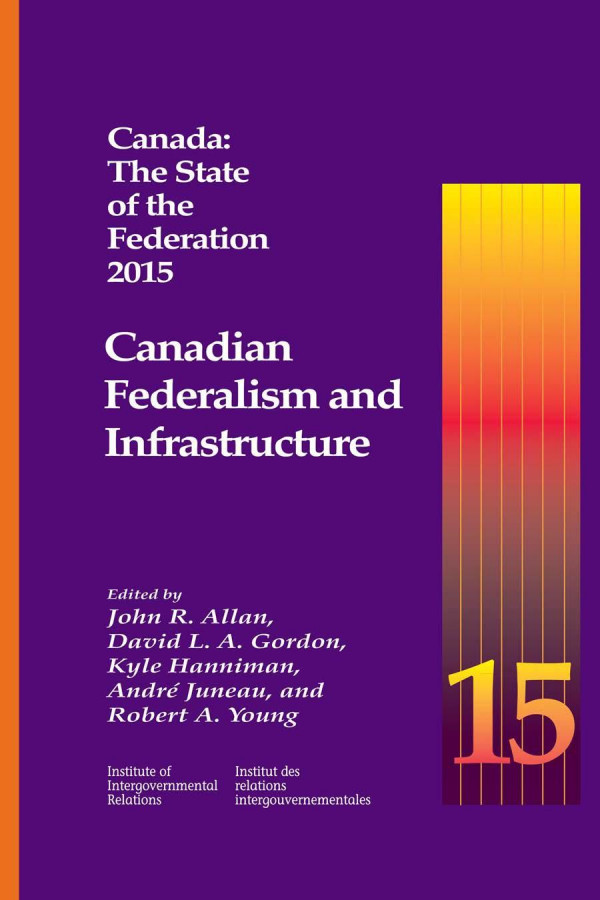

Most ebook files are in PDF format, so you can easily read them using various software such as Foxit Reader or directly on the Google Chrome browser.
Some ebook files are released by publishers in other formats such as .awz, .mobi, .epub, .fb2, etc. You may need to install specific software to read these formats on mobile/PC, such as Calibre.
Please read the tutorial at this link: https://ebookbell.com/faq
We offer FREE conversion to the popular formats you request; however, this may take some time. Therefore, right after payment, please email us, and we will try to provide the service as quickly as possible.
For some exceptional file formats or broken links (if any), please refrain from opening any disputes. Instead, email us first, and we will try to assist within a maximum of 6 hours.
EbookBell Team

4.7
66 reviewsRenewing and expanding national infrastructure is critical to the wellbeing and productivity of Canadians and is one of the foremost challenges confronting our federal, provincial and municipal governments. Not only are the required investments dauntingly large for all three levels of government, but so too is the required level of intergovernmental cooperation if our goals are to be realized. The 2015 State of the Federation volume advances our understanding of these infrastructure challenges and identifies how best to resolve them. The contributors to the volume provide historical or international comparative perspectives and utilize legal, economic, or administrative approaches to examine the nature and magnitude of the so-called infrastructure deficit and the question of how best to finance the necessary investments. The possible roles played by deficits and debt are considered, together with options such as public-private partnerships and asset recycling, and a possible Aboriginal resource tax to finance the on-reserve infrastructure needs of First Nations. Considerable attention is also paid to pricing the use of infrastructure both to achieve efficiency in use and to avoid excess demand and an exaggerated perception of the required level of investment. Other contributors examine the infrastructure-investment-decision processes at the federal and provincial levels and consider the optimal allocation of responsibility for infrastructure investments among the different levels of government, and the related issue of the role of intergovernmental transfers to underwrite this allocation.